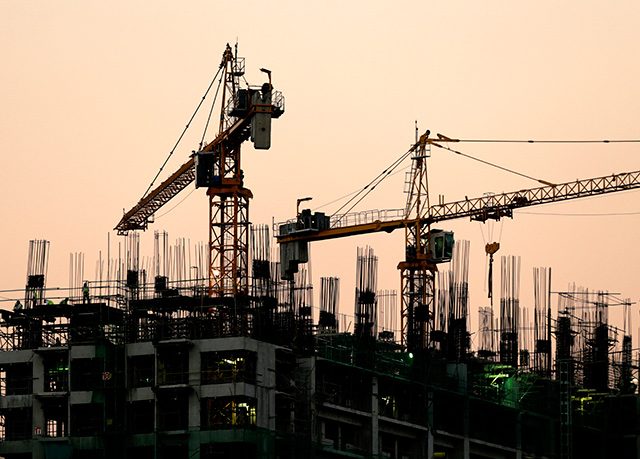SUMMARY
This is AI generated summarization, which may have errors. For context, always refer to the full article.

MANILA, Philippines – Topping its Asian neighbors, the Philippines ended November 2015 with a 10.1% surge in inbound shipment of goods, fueled by purchases of capital goods, consumer goods, and raw materials.
The Philippine Statistics Authority (PSA) on Tuesday, January 29, reported that total payments for imported goods increased to $6.1 billion in November, from the registered $5.5 billion in the same month a year ago.
“The growth was due to higher purchases of capital goods, consumer goods, and raw materials and intermediate goods,” the National Economic and Development Authority (NEDA) said in a statement.
The value of imported capital goods – a leading indicator of strong economic activity – surged by 40.8% in November last year.
Import payments for raw materials and intermediate goods also rose by 14% to $2.5 billion from the same period a year ago.
Raw materials and intermediate goods account for 41.4% of the Philippines’ total imports.
‘Increased investment demand in PH’
Meanwhile, import payments for consumer goods increased by 8% to $1 billion, on the back of increased purchases of durable goods and home appliances.
“Despite an expected slow recovery in the global economy, continued growth in the country’s merchandise imports signifies the increasing investment demand in the Philippines,” Economic Planning Secretary Arsenio M. Balisacan said in the statement.
The Philippines ranked first among its Asian peers in terms of import growth in November 2015. It was followed by Vietnam, which registered 6.6% growth in imports during the same month.
All other 9 selected Asian economies saw their imports decline last November.
These are China, Thailand, Hong Kong, Singapore, Chinese Taipei, Japan, Malaysia, South Korea, and Indonesia.
Mineral, lubricants decline
Although the Philippines’ overall imports increased, its imports of mineral products and lubricants slid by 40.1%. This is mainly weighed down by lower imports of petroleum crude from Saudi Arabia, Japan, and Vietnam.
“External events such as the decline in commodity prices, especially crude oil, will be beneficial for the economy as it leads to lower production costs,” Balisacan said.
“We also expect the trend of low oil prices to continue as demand softens with slower economic growth. Oversupply could happen as oil-exporting economies continue to produce to drive down prices and maintain market share,” the economic planning chief added. – Rappler.com
Add a comment
How does this make you feel?
There are no comments yet. Add your comment to start the conversation.